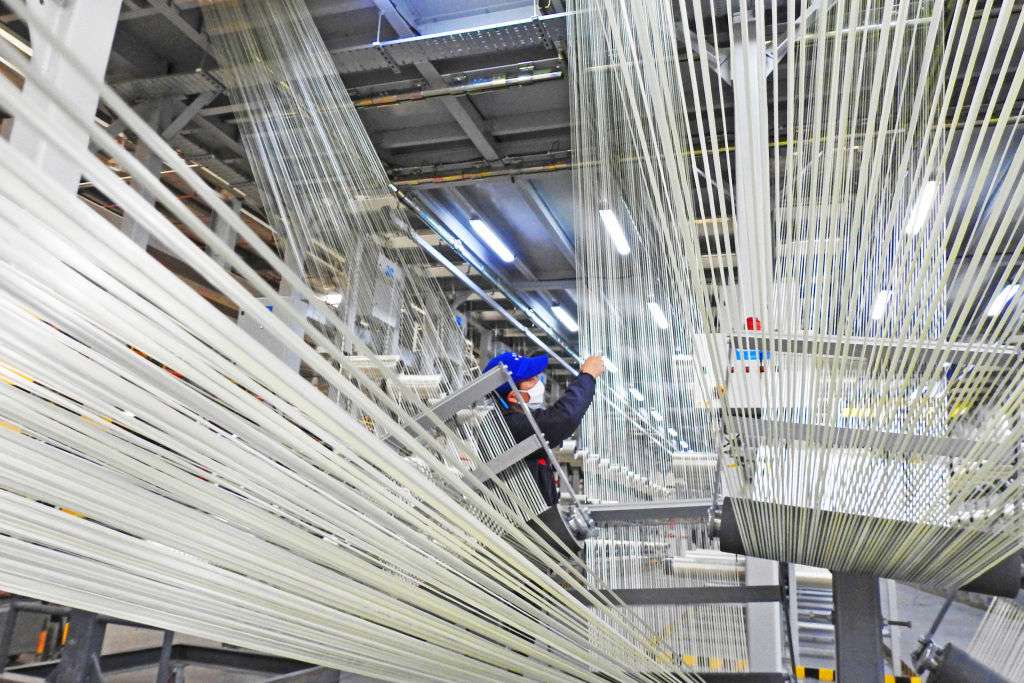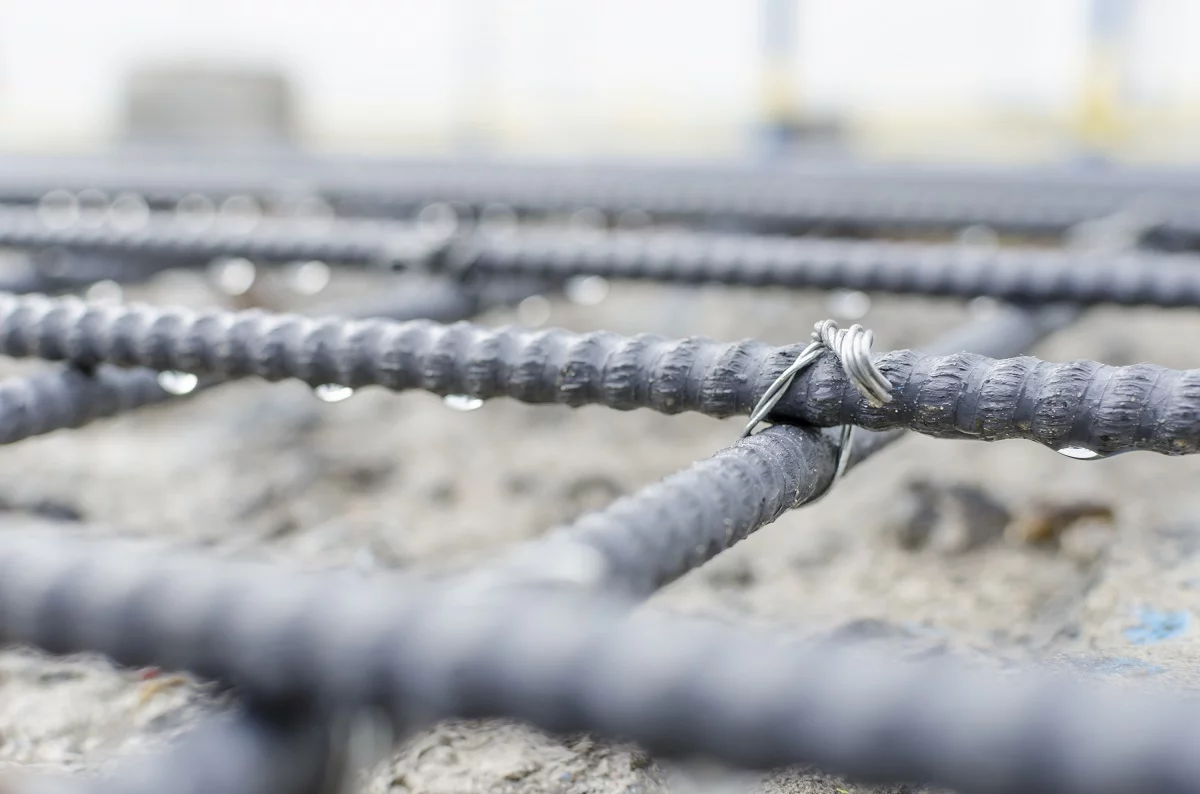High tensile steel fiber is a versatile material that offers exceptional strength and durability. Its unique properties make it suitable for a wide range of applications in various industries. In this article, we will explore the uses of high tensile steel fiber and how it enhances the performance and longevity of different structures and products.
1. Reinforced Concrete Structures
One of the primary high tensile steel fiber uses is in reinforced concrete structures. The addition of steel fibers to concrete enhances its tensile strength and flexural performance. This results in improved crack resistance, increased load-bearing capacity, and better resistance against impact and dynamic loads. High tensile steel fiber-reinforced concrete is commonly used in industrial flooring, bridge construction, tunnels, and precast elements.
Example: High Tensile Steel Fiber in Industrial Flooring
Industrial floors are subjected to heavy loads, abrasion, and impact. By incorporating high tensile steel fibers into the concrete mix, the flooring becomes more durable and resistant to cracking and spalling. This ensures a longer service life and reduced maintenance costs for industrial facilities.

2. Shotcrete and Sprayed Concrete
High tensile steel fiber is also extensively used in shotcrete and sprayed concrete applications. Shotcrete, a process of pneumatically applying concrete, benefits from the addition of steel fibers to enhance its ductility and resistance to shrinkage cracks. This makes it suitable for constructing tunnels, slopes, and retaining walls. The steel fibers improve the cohesion and bond strength of sprayed concrete, providing excellent structural stability.
Example: High Tensile Steel Fiber in Tunnel Construction
In tunnel construction, shotcrete is commonly used for ground stabilization and lining. By incorporating high tensile steel fibers into the shotcrete mix, the tunnel linings gain enhanced tensile strength and crack resistance. This ensures the long-term stability and safety of tunnels, even under challenging geological conditions.
3. Refractory Applications
High tensile steel fiber finds applications in the field of refractories. Refractory materials are designed to withstand high temperatures and harsh environments. Steel fibers enhance the refractory’s mechanical properties, thermal shock resistance, and erosion resistance. They are used in furnace linings, kilns, incinerators, and other high-temperature industrial processes.

Example: High Tensile Steel Fiber in Furnace Linings
Furnace linings are exposed to extreme temperatures, thermal cycling, and chemical reactions. By incorporating high tensile steel fibers into refractory materials, the linings gain improved strength and resistance to thermal shocks and mechanical stresses. This extends the lifespan of furnace linings and ensures efficient and reliable operation.
Conclusion
The uses of high tensile steel fiber are diverse and span various industries. Whether it’s reinforcing concrete structures, enhancing shotcrete and sprayed concrete, or improving refractory materials, high tensile steel fiber offers superior strength, durability, and performance. By incorporating this remarkable material into construction and industrial processes, companies can achieve enhanced structural integrity, longer service life, and cost-effective solutions.
Unlock the Potential of High Tensile Steel Fiber
If you’re looking to enhance the strength and durability of your structures or products, high tensile steel fiber is the ideal solution. Contact us today to explore the uses and benefits of high tensile steel fiber and unlock its potential for your specific applications.